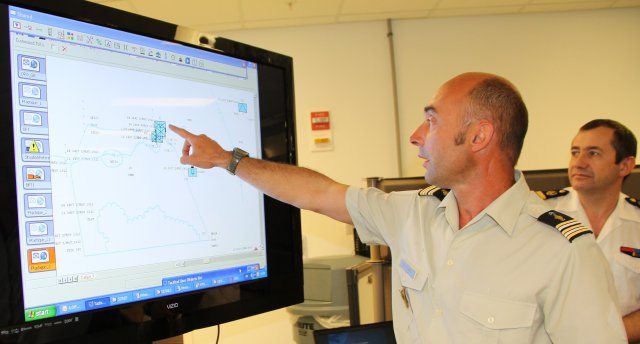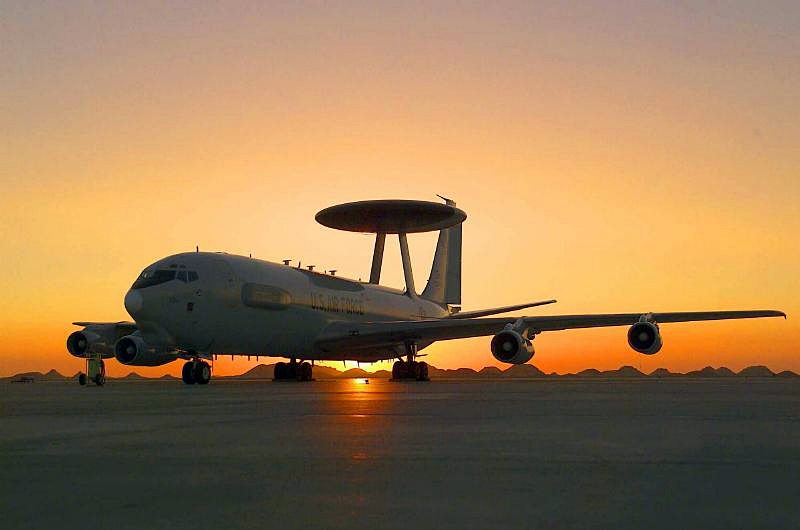The U.S. Army hosted a coalition interoperability experiment to identify performance shortfalls and to evaluate future network architectures that will better enable interoperability for coalition ground forces brigade and below, prevent fratricide and extend continuity of operations, here, May 10-18.
The U.S. Army Research, Development and Engineering Command’s communications-electronics RD&E center, or CERDEC, provided experimentation and interoperability support to Project Manager Mission Command to validate the interoperability of the National Command & Control Information System and to produce a road map with capacities, performance assessments and recommendations for future systems.
The experiment was conducted under the 5-Powers Net-Centric Agreement among England, France, Germany, Italy and the United States, which concludes this year.
“Soldiers need to accurately pass friendly force information to coalition partners for mission execution, but there are challenges to receiving the same pieces of data through different methodologies in a net-centric environment,” said Kenneth Grippo, Cognition Branch chief for CERDEC’s Command, Power & Integration directorate.
“When information is translated between different interfaces, problems can arise that degrade the integrity and accuracy of the information. We have to make sure the quality and integrity of those messages stay intact as they move from one country to another. We’re using our operational understanding of mission command doctrine, data management/distribution and our technical expertise to observe information systems transactional processes during the experiment to document knowledge gaps,” said Grippo.
The experiment will aid in identifying interoperability gaps and whether those gaps are due to specifications, national implementation or the technology itself. The results will be used to maximize situational awareness, to understand and utilize coalition resources, to avoid duplication of coalition efforts and to increase flexibility of functionality, Grippo noted.
“In order to better construct the future combat systems of 2015-2025, we need to assess the current allied system network, identify the existing and future challenges and then ask ‘where do we go from here,'” said Grippo.











